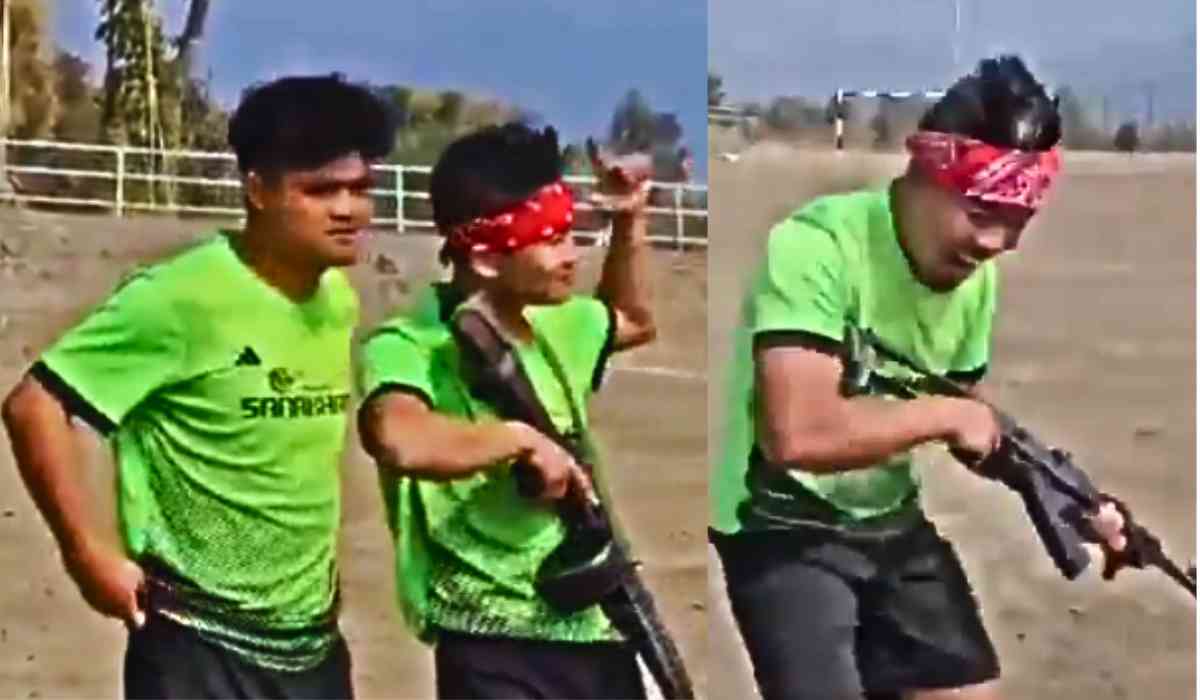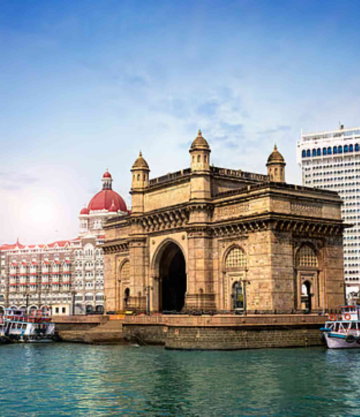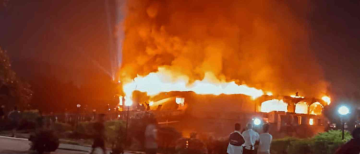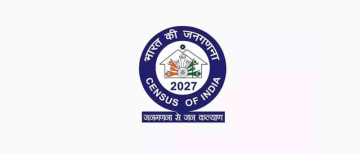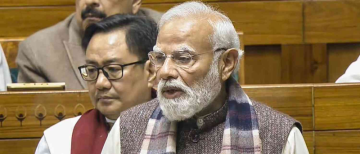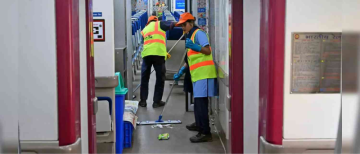A video from Manipur has gone viral, showing men playing football while carrying assault rifles. The footage, taken at the Nohjang Kipgen Memorial Playground in Kangpokpi district, has stirred outrage and raised concerns about the ongoing unrest in the region.
This video of a football tournament in Manipur has gone viral on social media. What is deeply disturbing is the open display of sophisticated weapons by the so called footballers. Or is it a football tournament of Kuki Militants?
We urge the authorities to investigate this… pic.twitter.com/3IC5uY9BkH— Meitei Heritage Society (@meiteiheritage) February 6, 2025
In the video, men dressed in football jerseys are seen with AK-series and American-origin M-series assault rifles. One man in a fluorescent green jersey is seen carrying two automatic assault rifles, slung over his shoulder and in his hand. Red ribbons were tied around the barrels of some of the guns.
The video was initially shared on Instagram by Nampi Romeo Hansong, a social media influencer, but was later deleted and re-uploaded without the scenes of men carrying weapons. The Meitei Heritage Society, a community organization, has called for an investigation into the incident.
The event poster indicated that the match took place at the Nohjang Kipgen Memorial Playground, K Gamnomphai and the tournament began January 20. The football jerseys featured the word ‘Sanakhang’ on the front, while one of the men carrying an AK rifle had ‘Ginna Kipgen’ written on the back of his jersey, sporting the number 15.
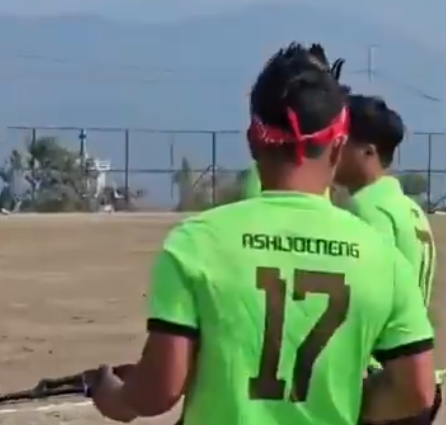
Manipur has been experiencing turmoil since May 2023, following a rally by the All Tribal Students Union of Manipur (ATSUM). This rally was in response to a high court order to consider granting Scheduled Tribe status to the Meitei community, which led to ethnic conflict between the Meitei and Kuki-Zo communities. The violence has resulted in over 250 deaths and thousands displaced.
The presence of armed men in the video has raised concerns about the prevalence of armed groups in Manipur, where ethnic violence has been ongoing[3]. Security forces and government authorities have stated that militants from both sides are involved in the Manipur violence, including violations of the Suspension of Operations (SoO) agreement by Kuki militants and the return of Meitei militants from Myanmar.
Has the state government taken any measures to address the presence of armed groups in public events?
The search results provide information on crowd control, disaster management, and international law regarding armed groups, but do not directly address measures taken by the state government regarding the presence of armed groups in public events. However, based on the search results, some inferences can be made.Here are some potential measures the state government could consider, based on the provided search results:
- Dispersal of Assemblies: According to Section 129 of the Criminal Procedure Code (CrPC), an Executive Magistrate or police officer can command an unlawful assembly (or any assembly of five or more people likely to disturb public peace) to disperse. If the assembly doesn't disperse, force may be used to disperse it.
- Use of Armed Forces: If an assembly cannot be dispersed otherwise and public security is endangered, the Executive Magistrate of the highest rank present may order the armed forces to disperse it. Additionally, Section 131 of the CrPC grants commissioned or gazetted officers of the armed forces the power to disperse assemblies that manifestly endanger public security, especially if communication with an Executive Magistrate is not possible.
- Crowd Management Plans: The National Disaster Management Authority (NDMA) emphasizes the importance of integrated and structured approaches to crowd and disaster management at mass gatherings. State governments and local agencies can prepare guidelines and plans for effective crowd management.
- Dialogue and Capacity Building: Some approaches to dealing with human rights violations committed by non-state armed groups (NSAGs) include commencing dialogue with NSAG leaders and building capacity and pressure by "naming and shaming".
- International Humanitarian Law (IHL): IHL seeks to limit the effects of armed conflict and requires constant care to spare the civilian population during military operations. All feasible precautions must be taken to minimize harm to civilians.
- Restrictions on Child Soldiers: The Optional Protocol to the Convention on the Rights of the Child states that parties should take all feasible measures to ensure that members of their armed forces who have not attained the age of 18 years do not take a direct part in hostilities and ensures that persons who have not attained the age of 18 years are not compulsorily recruited into their armed forces.
With inputs from agencies
Image Source: Multiple agencies
© Copyright 2024. All Rights Reserved Powered by Vygr Media.

